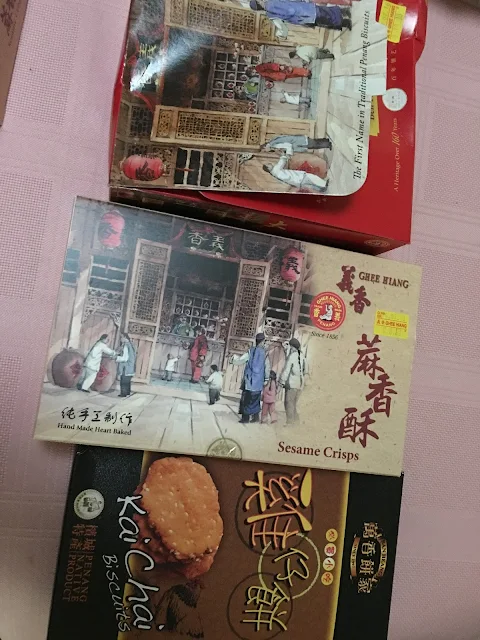Singapore is surrounded by a peninsular, islands big and small, trading routes, channels and seas. It is an island itself, albeit with reclaimed land fringes, but it is also an island beyond the geographical meaning of the term.
Singapore thrives on differentiation. Its dynamics, governance drivers and ability to grow thrive on offering something which its neighbours cannot, to the same degree.
Myanmar just had a military coup. Vietnam is communist, together with Laos. The Phillippines and Kampuchea have had more tumultous experiences in politics. Thailand and Malaysia are technically constitutional monarchies in varying forms. Timur-Leste and Papua New Guinea became fledging democracies after independence, but have not reached maturity in governance. Indonesia is a federation of several cultural regions that has so much land size and population in comparison to the city state of Singapore.
So what captivates the rest of South-east Asia to offerings by Singapore? Reassurance, relative stability, better reliance and constant progress - just like Switzerland to Europe. Not just in being a transport hub, infrastructure provider, banker, shipping safety harbour, medical and education excellence provider, a place with good social cohesion structure, technology facilitator, military capability displayer and strategic planning thinker - Singapore is ever the middleman, broker and trader. As long there are transactions to be churned and there are problems elsewhere, there is commission, value add and profit to be made, as Singapore beckons the talented, the visionary and the adventurer.
Both Indian and Chinese cultures have significantly infused the South-east Asian make up for umpteen years, before the arrival of Islam and Colonialism added further layers of social and political influences. Today's Singapore can be said to be a microcosm of this historical accumulation and interaction - and yet the thinking and actions of its leaders and society stand apart.
So what abhors its neighbours about Singapore? Perhaps the very same things that attracts them - the better quality of life, its persistently stronger currency, its First World economic prowess. Its sheer dependence on migrant labour in construction, house help and jobs its citizens will not do can cause an Achilles heel which makes it vulnerable to supply forces from its neighbours.
Singapore, small as it is, buys more arms than Australia, Indonesia or New Zealand.
Singapore has no home grown traditional royalty aristocrats to pander to. It has maintained to a higher intensity the use of the English language and promoted the prominence of Mandarin spoken amongst its population. Its leaders impose a strict political discipline for its citizens, resulting in a social order that contrasts with the waves of political instability of its neighbours. Singapore's ensuing ability to hugely attract international business and talent belies its absence of natural resources.
Likewise, Australia and New Zealand can also empathise with how contemporary Singapore feels.
Both these two Antipodean countries find themselves different from their neighbours in the Asia-Pacific hinterland and ocean backyard.
The three nations have a Westminster based system of government. They are the outcomes of British trading, military and expansionist initiatives from the 18th to the 20th centuries. They have attained an economic status which is the envy of their neighbours, short of China, Japan and South Korea. Each of these three nations were also built on the contributions of historical migrants.
They all offer a high measure of social stability, governance and economic wealth, but Singapore has the lowest taxes.
One lacks land size, another has too much and the third can be so remote from the rest of the world. Both New Zealand and Singapore governments dare to stake their more independent positions in contemporary geopolitics. The Australian government continues to not seize an opportunity to assert its own refreshing values in international diplomacy and political moves.
In terms of wartime risks, Singapore geographically lies in a highly likely flashpoint, while Australia is most vulnerable in its exposed northern coasts and its affiliation with the South Pacific.
Nww Zealand has taken huge consistent steps to embrace its Indigenous heritage, when compared with its cross-Tasman neighbour. Singapore is most conscious of balancing the implications of its multiracial population.
Singapore is what it is today, despite not having any natural resources. Australia is blessed with many natural resources and yet its financial centres are behind that of Singapore. All three countries utilise high levels of immigration to supplant population growth (before Covid 19).
Australia and New Zealand have proved to be bastions of relative stability, governance and reliability like Singapore. They have attracted investors as places to park excess funds in search of higher returns, buy properties as back up refuges and place children for higher education. Where people originate from nations with political instability but varying levels of economic opportunities, all three countries can be heaven sent as lower risk alternatives for escape to in the worst of times.
#yongkevthoughts



















































